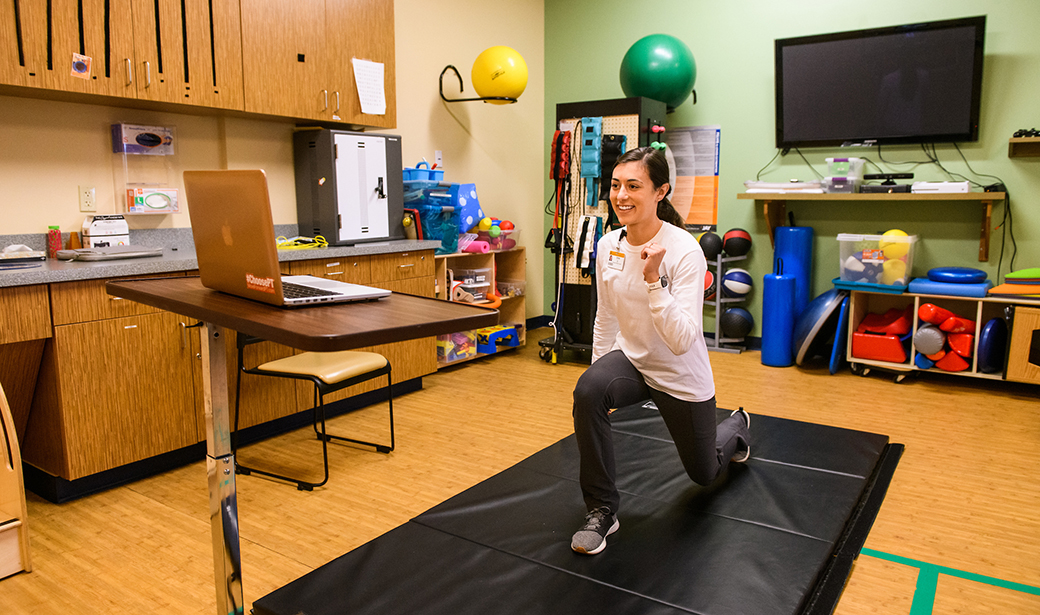As we try to emerge from the COVID-19 pandemic, MU Health Care pediatrician Christopher Wilhelm, MD, has some practical advice for transitioning your child back to an active lifestyle and explains why it’s important to do it together.
“Parents are noticing that their kids generally aren't as active and they’re doing a lot more on their screens now,” Wilhelm said. “Children didn't have the option to play outside at recess or attend gym class. Instead, tablets and computers took over, and more sedentary habits began.”
These habits are likely to get worse in the winter months as the weather limits outside activities. It’s important to shift the pattern now. Wilhelm advises parents to model the healthy behavior and not just dictate it.
"Families need to approach achieving a healthier lifestyle with a team approach," Wilhelm said. "In other words, make sure your entire family is going to make better choices when it comes to deciding what to eat."
Wilhelm offered these practical tips for parents concerned about their kids maintaining a healthy weight.
- When you explain lifestyle changes to your children, frame the discussion by highlighting the benefits. Use terms like “health” and “strength” rather than “weight.” For example, family members are going to start drinking water rather than soda because they want to be healthy, not because they want to lose weight. “What we don’t want kids to do is focus on counting calories or getting on a scale and checking their weight,” Wilhelm said.
- Make exercise fun. The goal is 60 minutes of physical activity a day, but it doesn’t need to be one grueling session. Break the activities into manageable chunks throughout the day and make them enjoyable. If you’re stuck inside, you can play motion-controlled video games on the Wii or Xbox Kinect system or even an online workout video, hold a family dance party or set up an indoor obstacle course.
- Appeal to your kids’ competitive instincts. This doesn’t mean pitting one child against the other in feats of strength or endurance — unless you enjoy refereeing disputes — but rather challenging each child to improve from week to week. For example, set a family exercise goal of walking 10 miles together per week and slowly increase the goal each week. “That highlights the family’s commitment to exercise together and be healthy as one team,” Wilhelm said. “That is encouraging for them.”
- Eat together as a family. Just as you make time as a family to exercise, make the decision as a family to eat healthy together. While everyone in your family might have busy lives, it is important we still prioritize the time needed together at the table. Include your children as you plan and cook your meals.
Turn to the professionals. If you need some help getting your child to live a healthier lifestyle, ask your primary care doctor about MU Health Care’s pediatric weight management program. If your child qualifies, he or she will be assessed by the team and join a program that includes doctors, dietitians, physical therapists and social workers who work with families to come up with a blueprint for better health. As part of the program, physical therapists lead regular Fitness Club workout sessions.




